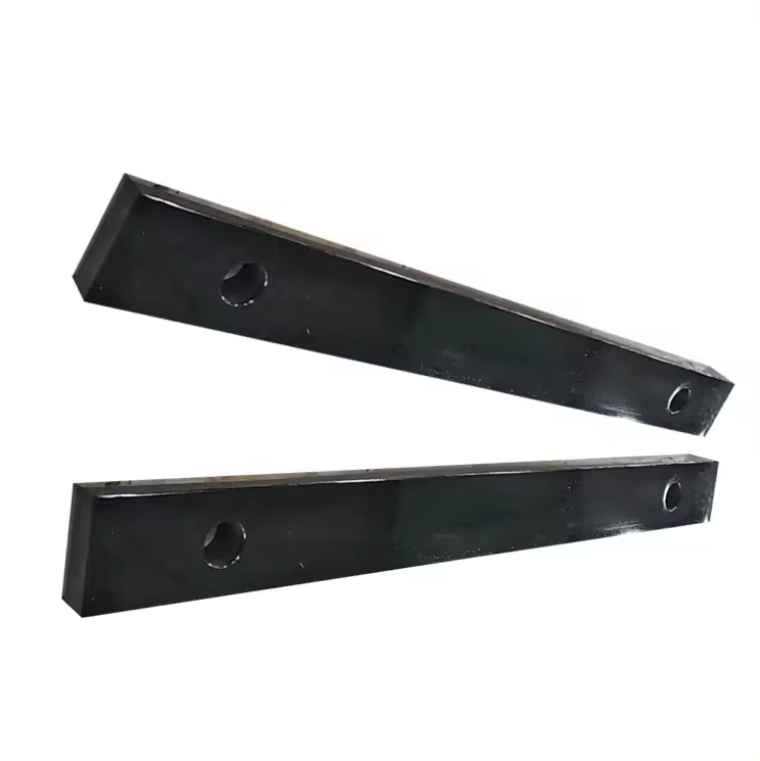dec. . 04, 2024 06:19 Back to list
Understanding the Functionality of One-Way Check Valves in Fluid Systems
Understanding One-Way Check Valves Function, Types, and Applications
One-way check valves, commonly referred to simply as check valves, play a pivotal role in fluid dynamics and systems where maintaining unidirectional flow is essential. These valves allow fluid to flow in one direction while preventing backflow, thus safeguarding systems from potential damage and maintaining operational efficiency. This article will explore the function, types, and diverse applications of one-way check valves.
Functionality of One-Way Check Valves
The primary function of a one-way check valve is to allow fluid to flow through it in a singular direction while preventing any reverse flow. This is crucial in applications where backflow can lead to contamination, damage, or inefficient operation. The basic mechanism involves a movable element, often called a disk, ball, or piston, that is held against a seat by the force of gravity or a spring.
When the pressure from the incoming fluid exceeds the force of the closing mechanism, the valve opens, allowing fluid to pass through. Conversely, if the pressure reverses or decreases, the element moves back to its seat, sealing off the valve and stopping the fluid from flowing backward. This simple yet effective design is the cornerstone of many plumbing and industrial applications.
Types of One-Way Check Valves
There are several types of one-way check valves, with each designed for specific conditions and applications
1. Swing Check Valves These valves utilize a hinged disc that swings open under pressure. They are best suited for applications with high flow rates and are commonly found in large pipelines.
2. Lift Check Valves Featuring a movable disk that lifts off the seat to allow flow, these valves are ideal for applications with varying pressure levels and are frequently used in water supply systems.
3. Ball Check Valves These valves employ a ball that moves to block backflow. They are suitable for applications requiring a tight seal and are often used in hydraulic systems.
4. Diaphragm Check Valves These utilize a flexible diaphragm to permit fluid flow in one direction. They are useful in systems with low flow rates and can handle sludge or debris effectively.
one way check valve

5. Spring Check Valves Similar to lift valves, these utilize a spring mechanism to keep the valve closed under low pressure and open during high pressure. They are adaptable for various installations, especially where space is limited.
Applications of One-Way Check Valves
One-way check valves find utility across multiple sectors due to their critical function of preventing backflow. Some notable applications include
- Water and Wastewater Treatment In these environments, check valves are essential for preventing contamination of clean water and ensuring proper flow in sewage systems, thereby maintaining public health standards.
- Pumping Systems In commercial and industrial pumping applications, check valves prevent backflow that could damage pumps or motors, ensuring continuous and efficient operation.
- Fire Protection Systems Check valves play a crucial role in fire sprinkler systems where maintaining a constant water supply is necessary. They help in preventing the backflow of water into the supply lines.
- Agricultural Irrigation Farmers utilize one-way check valves to prevent water in irrigation systems from flowing back into reservoirs, ensuring optimal water management.
- HVAC Systems In heating, ventilation, and air conditioning systems, check valves help maintain directional flow of fluids, contributing to system efficiency.
Conclusion
In summary, one-way check valves are critical components in numerous fluid systems, ensuring unidirectional flow and protecting against potential backflow issues. Their diverse designs and applications enable them to serve vital functions across various industries, from water treatment and agriculture to industrial pumping and HVAC systems. Understanding the functionality, types, and applications of these valves can lead to improved system design and operation, ultimately enhancing performance and reliability. As technology advances, the role of check valves will undoubtedly continue to evolve, addressing emerging challenges in fluid dynamics and engineering.
-
Why Metric Trapezoidal Thread is Ideal for Precision Motion ControlNewsAug.05,2025
-
The Unique Properties of a Block of Granite for Industrial UseNewsAug.05,2025
-
The Role of Flanged Y Strainers in Preventing Pipeline ClogsNewsAug.05,2025
-
The Importance of Regular Calibration for Master Ring GagesNewsAug.05,2025
-
How a Cast Iron Surface Table Enhances Accuracy in ManufacturingNewsAug.05,2025
-
Comparing Different Check Valve Types for Optimal Flow ControlNewsAug.05,2025
Related PRODUCTS









